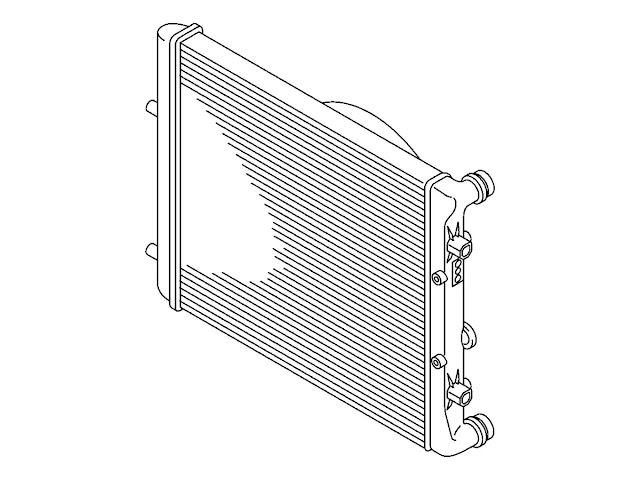
Here’s a detailed breakdown of engine cooling systems, including diagrams, types, and how they work:
1. Engine Cooling System Diagram
(Key components and flow path)
A typical liquid-cooled system consists of:
[Engine Block] → [Water Pump] → [Radiator] → [Thermostat] → [Coolant Reservoir]
↑____________[Cooling Fan] ←________↓
Visual Flow:
- Coolant absorbs heat from the engine block/cylinder head.
- Water pump circulates hot coolant to the radiator.
- Radiator dissipates heat via airflow (natural or fan-assisted).
- Thermostat regulates coolant flow (opens at ~90°C).
- Coolant reservoir compensates for expansion/contraction .
(For a detailed diagram, refer to manufacturer guides like Haynes or Shutterstock’s infographic .)

check this out : Reciprocating Compressor: Working Principle, Types & Applications
2. Types of Engine Cooling Systems
A. Air Cooling System
- Components: Finned cylinders, fan, ducting.
- How it works: Air flows over fins to dissipate heat (common in older VW Beetles, motorcycles) .
- Pros: Simpler, lighter, no coolant leaks .
- Cons: Uneven cooling, noisy, less efficient for high-power engines .
B. Liquid Cooling System
- Components: Radiator, water pump, thermostat, hoses, coolant.
Subtypes:
- Thermosiphon: Natural convection (no pump; outdated) .
- Forced Circulation: Uses a water pump (standard in modern cars).
- Pros: Precise temperature control, better for high-performance engines .
- Cons: Complex, requires maintenance (e.g., coolant flushes) .

3. How cooling system works
Step-by-Step Process :
Cold Start:
Thermostat closed; coolant circulates only in the engine block for quick warm-up.
Normal Operation:
At ~90°C, thermostat opens, allowing coolant to flow to the radiator.
Radiator cools coolant via airflow (natural or fan-assisted).
Heat Dissipation:
Pressure Regulation:
Overflow Management:
check that out :Wankel (rotary) Engine Performance: Strengths & Limitations
4. Key Components of cooling systems
Component Function
Radiator Cools hot coolant via air exchange (aluminum/plastic construction).
Water Pump Circulates coolant (belt-driven or electric).
Thermostat Regulates coolant flow (opens at 75–90°C).
Cooling Fan Electric/viscous fan aids airflow at low speeds.
Coolant 50% water + 50% antifreeze (prevents freezing/boiling, inhibits corrosion).
Hoses Routes coolant between components (rubber/silicone).
Heater Core Diverts warm coolant to heat the cabin.
5. Common Issues & Maintenance
- Overheating: Caused by low coolant, faulty thermostat, or clogged radiator.
- Leaks: Check hoses, water pump seals, and radiator for cracks.

Post a Comment